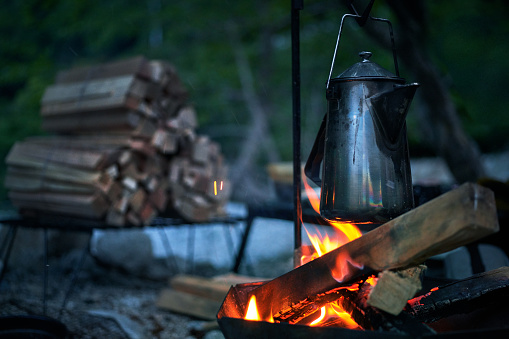Strong comprehensive service capability: Amazon TOP10 brands supplier, perfect quality control system.Fast proofing: 2 days for regular proofing, 6 days for custom proofing

Don’t wait until the night beforehand to load your pack. Read How to Pack and Hoist a Backpack for helpful loading tips. Do your pre-trip pack loading several days in advance, then weigh it to be sure you didn’t overdo it. A rule of thumb is that it should weigh no more than 20 percent of your body weight. If your pack weighs well above that mark, take a hard look at your checklist and see what you can jettison.
In addition to figuring out your ride to and from the trailhead, you need to be sure you have all of the necessary permits. Popular destinations are especially likely to require them. Check with the local land management agency to learn what’s required—land managers are also a great resource for updated trail conditions, fire restrictions and other valuable intel.
Include details about where you’re going and when you expect to be back. That gives them a jump on alerting help if you ever need it

Familiarize yourself with your gear ahead of time. Pitch your tent, fire up your stove and filter some water before you go. Learning basic first aid and map and compass navigation is also a wise move, and both skills will serve you well even if you don’t go on future backpacking trips.
You’re not training for a marathon, but even a short trip can be physically demanding. At a minimum do plenty of day hikes and be able to comfortably handle trails with a similar distance and elevation gain as your planned trip. Do at least a few pre-trip hikes of similar difficulty wearing a backpack loaded with 30-plus pounds.
Because your feet are crucial to a successful trip, footwear is your most important item. Some backpackers insist on supportive over-the-ankle boots, while others prefer lightweight trail running shoes. To learn more, read Hiking Boots vs. Trail Runners: The Great Debate.
Your boots or shoes should be well broken-in before you go. Wear wool or synthetic socks, and consider bringing an ultralight pair of shoes or water sandals for wearing around camp (and for fording creeks).
You want to spend more time hiking than driving. You also want to have ample daylight hours to reach camp before dark.Plan on shorter distances than your typical day hike because walking with a heavier pack is slower and more difficult.
If your source will be a lake or large river, you should be fine. Streams and springs can dry up, though, so double check with local land managers before relying on a small water source.
Unless your destination is one where extreme heat or fire danger can be an issue, go in mid-summer to maximize daylight hours and your odds of comfortable conditions. Always check weather forecasts and don’t hesitate to cancel or turn back if a storm moves in.
When camping, hiking, or traveling by car, you should always be prepared. In today's digital climate, it is crucial to have enough energy to charge all your electronic products and personal devices. A very convenient tool to mitigate potential disasters is a simple portable power station.